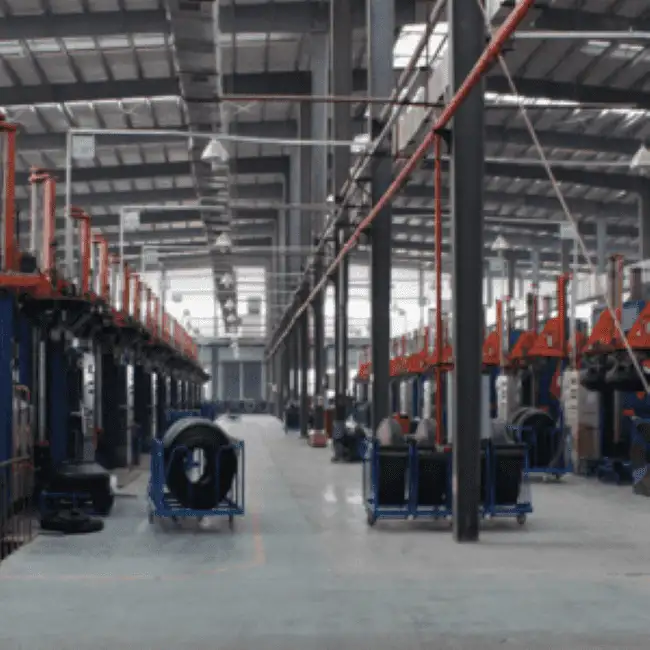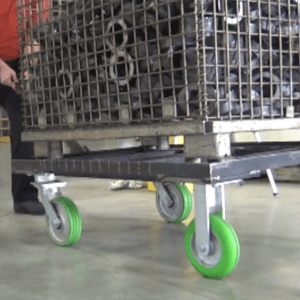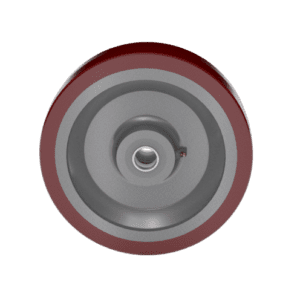

Caster wheel flat spotting is a common problem for heavyweight applications, where the weight of the load causes the wheel to become flat and distorted. Soft rubber and polyurethane tires are the common wheel materials where this can happen. This can lead to reduced wheel performance and even wheel failure, resulting in costly downtime and repair expenses. This blog post will discuss the causes of flat spotting and provide several preventative measures to avoid this problem.
One of the main causes of flat spotting is heavy loads. When a wheel is subjected to a heavy load, it can deform and become flat, particularly if it is not evenly distributed across the wheels. In addition, improper use of the wheels, such as excessive braking or sharp turns, can cause flat spotting. Finally, poor wheel maintenance, such as not properly inflating the wheels, can also contribute to this problem.
Flat spotting, a common issue in wheel mechanics, is frequently initiated by heavy loads. When a wheel bears a substantial weight, it can deform, resulting in a flattened surface, especially if the load isn’t evenly distributed. Uneven distribution exacerbates the risk of flat spotting, compromising the wheel’s structural integrity and performance.
Improper handling practices also contribute to flat spotting. Aggressive maneuvers like excessive braking and sharp turns impose undue stress on the wheels, accelerating wear and tear and increasing the likelihood of flat spots. These actions exceed the wheels’ design parameters, hastening deformation, and diminishing overall functionality.
To mitigate flat spotting, it’s imperative to adopt preventative measures. Ensuring the distribution of loads, practicing cautious handling techniques, and implementing regular maintenance routines are paramount. By adhering to these practices, individuals can minimize the occurrence of flat spotting, prolong wheel lifespan, and optimize performance. Flat spotting remains a multifaceted issue but needs proper attention.
In terms of loading, handling, and maintenance, its impact can be significantly reduced, preserving the integrity and functionality of wheels.

To prevent flat spotting on heavyweight applications, it is important to take several preventative
measures.
 In addition to these preventative measures, it is also important to choose the right wheels for your specific application. This will help to ensure the wheels can handle the weight and conditions of your application without flat spotting. When choosing wheels, consider wheel material, diameter, and wheel tread. For example, a larger-diameter wheel may be more capable of handling heavy loads without flat spotting than a smaller-diameter wheel.
In addition to these preventative measures, it is also important to choose the right wheels for your specific application. This will help to ensure the wheels can handle the weight and conditions of your application without flat spotting. When choosing wheels, consider wheel material, diameter, and wheel tread. For example, a larger-diameter wheel may be more capable of handling heavy loads without flat spotting than a smaller-diameter wheel.
In conclusion, flat spotting on caster wheels can be a major problem for heavyweight applications, leading to reduced wheel performance and even failure. By properly distributing the load, avoiding excessive braking or sharp turns, and regularly maintaining the wheels, you can prevent flat spotting and ensure the long-term performance of your wheels. Additionally, choosing the right wheels for your application will help to avoid flat spotting and ensure your wheels can handle the weight and conditions of your application.
Feel free to reach out to me if you have any questions or need more information. You can contact me at 517-680-7969 or email me at tgeorge@casterconcepts.com.